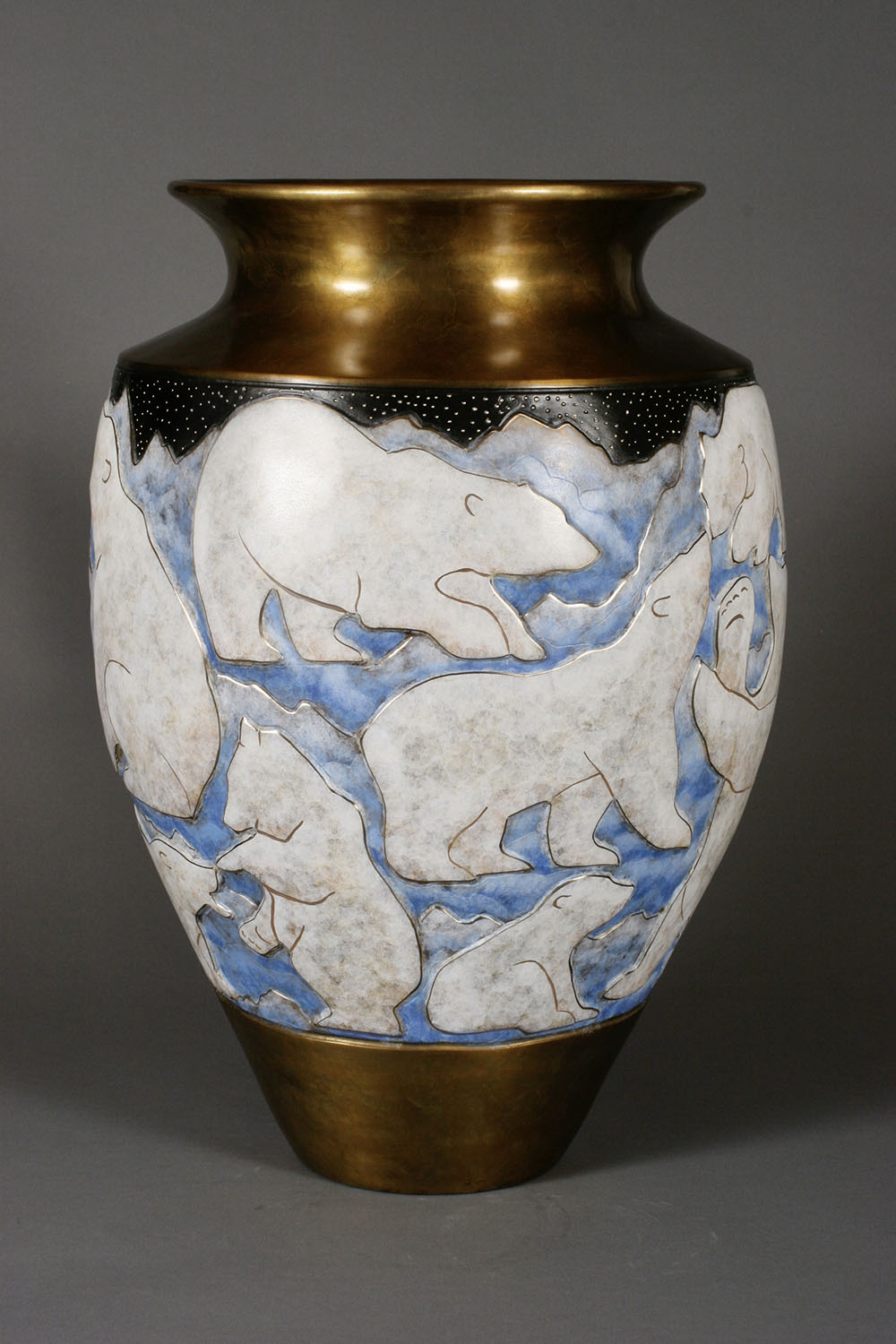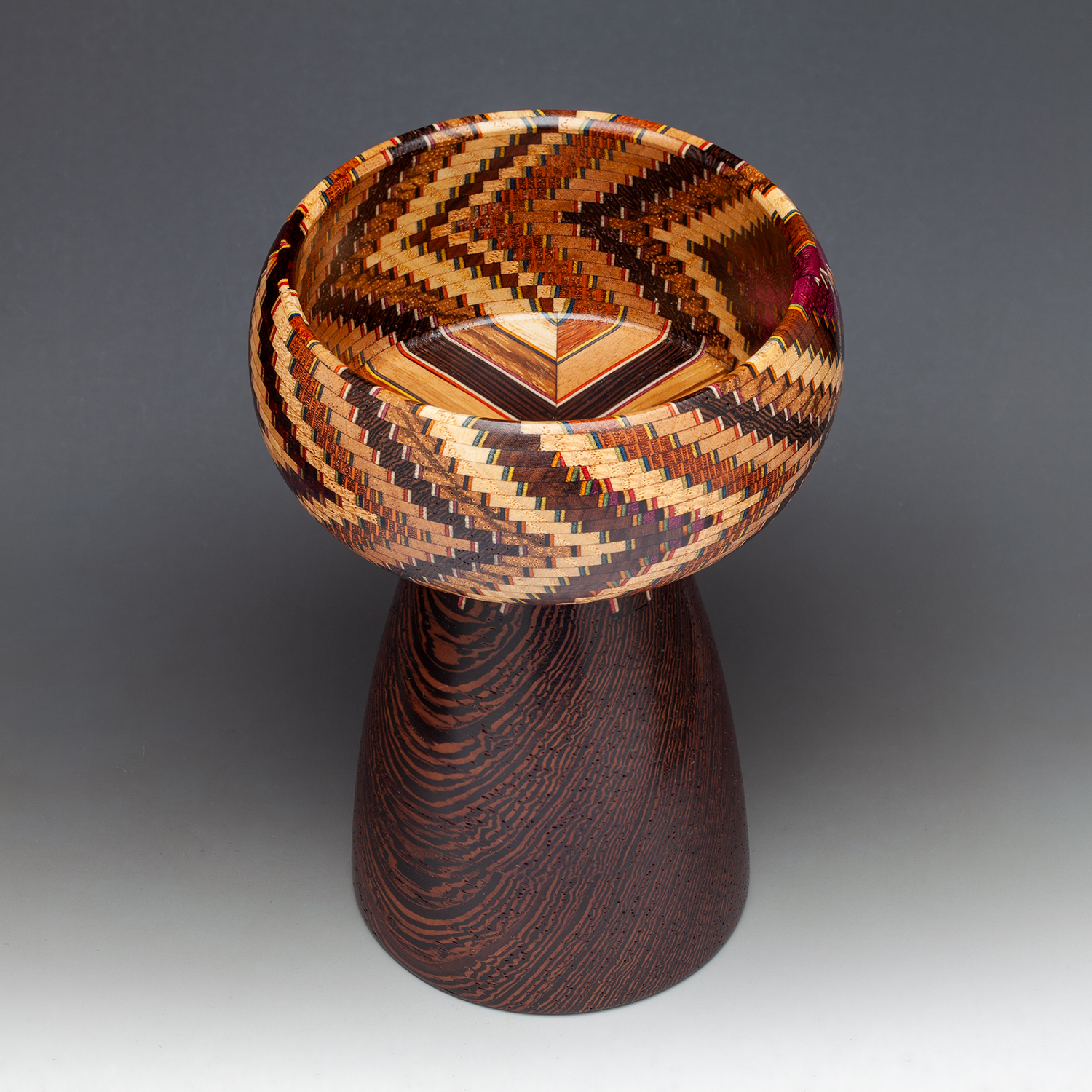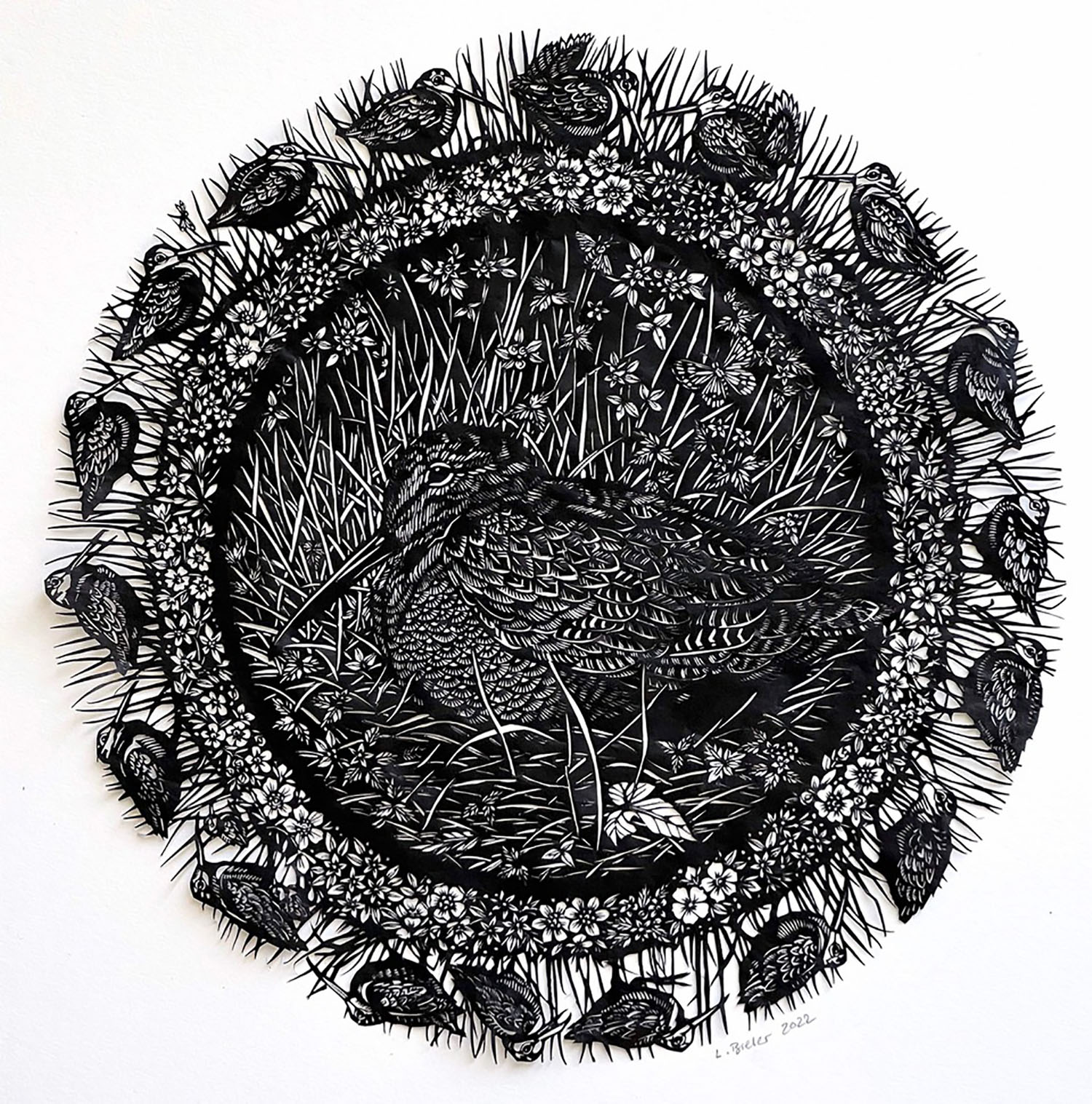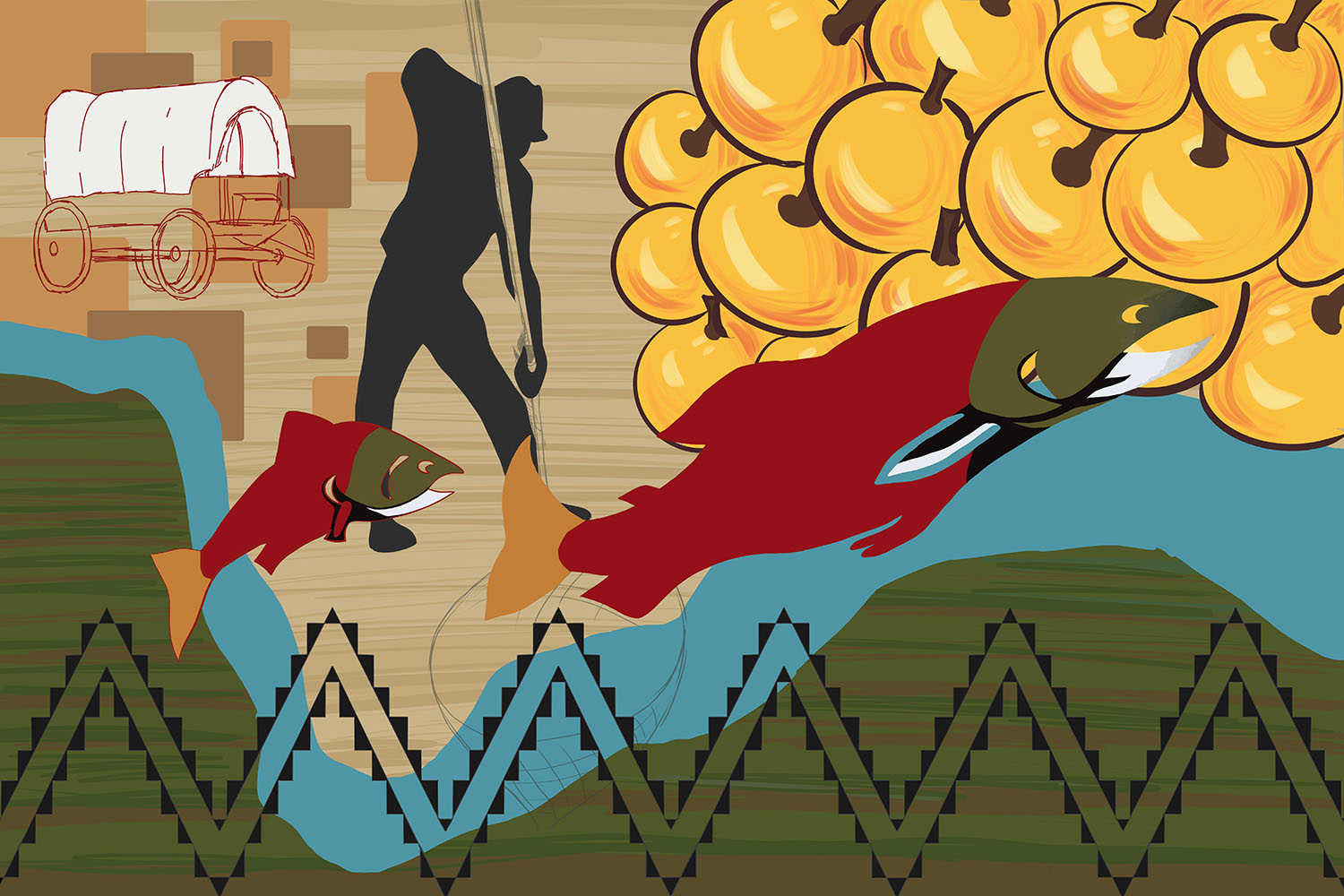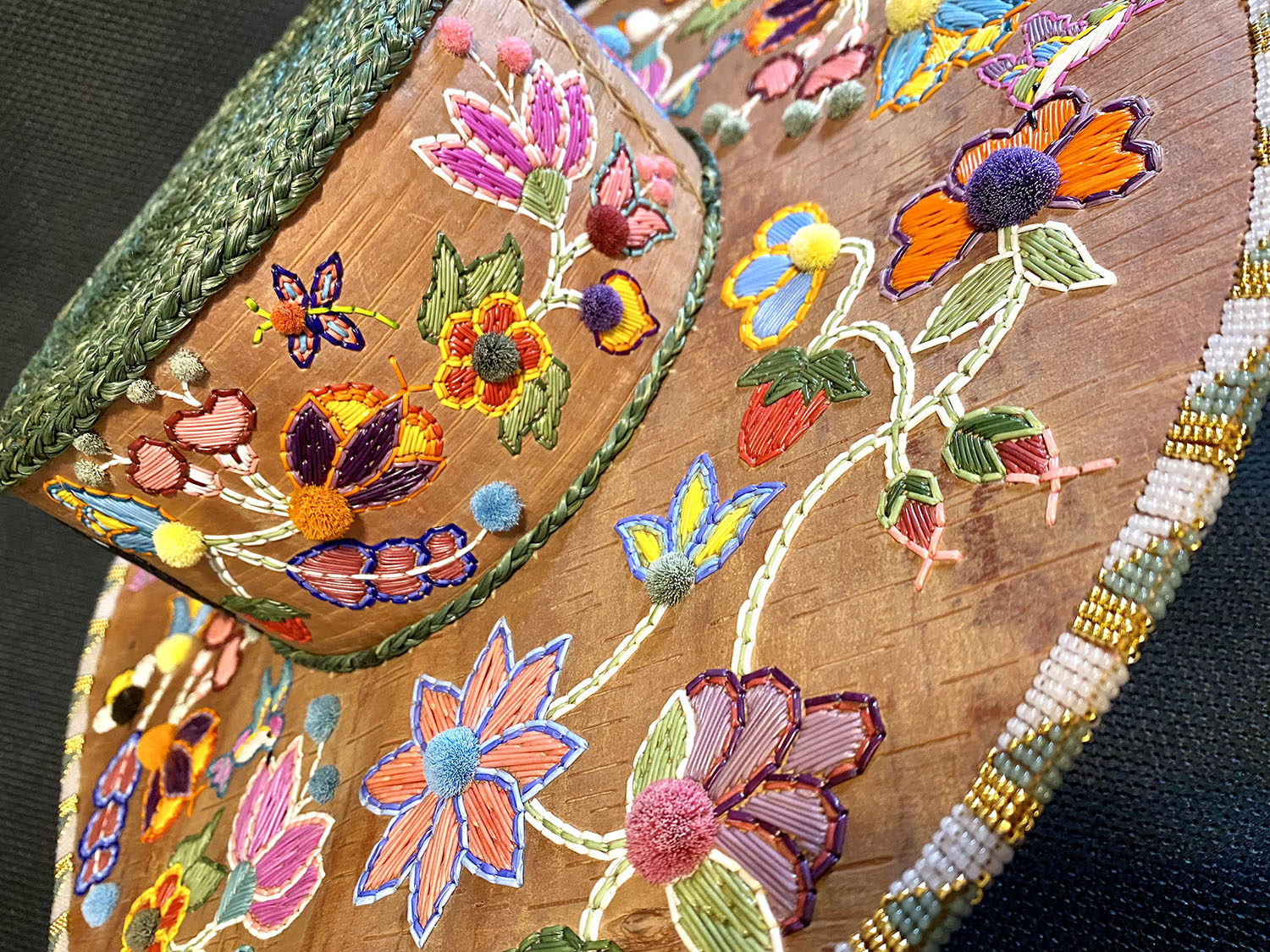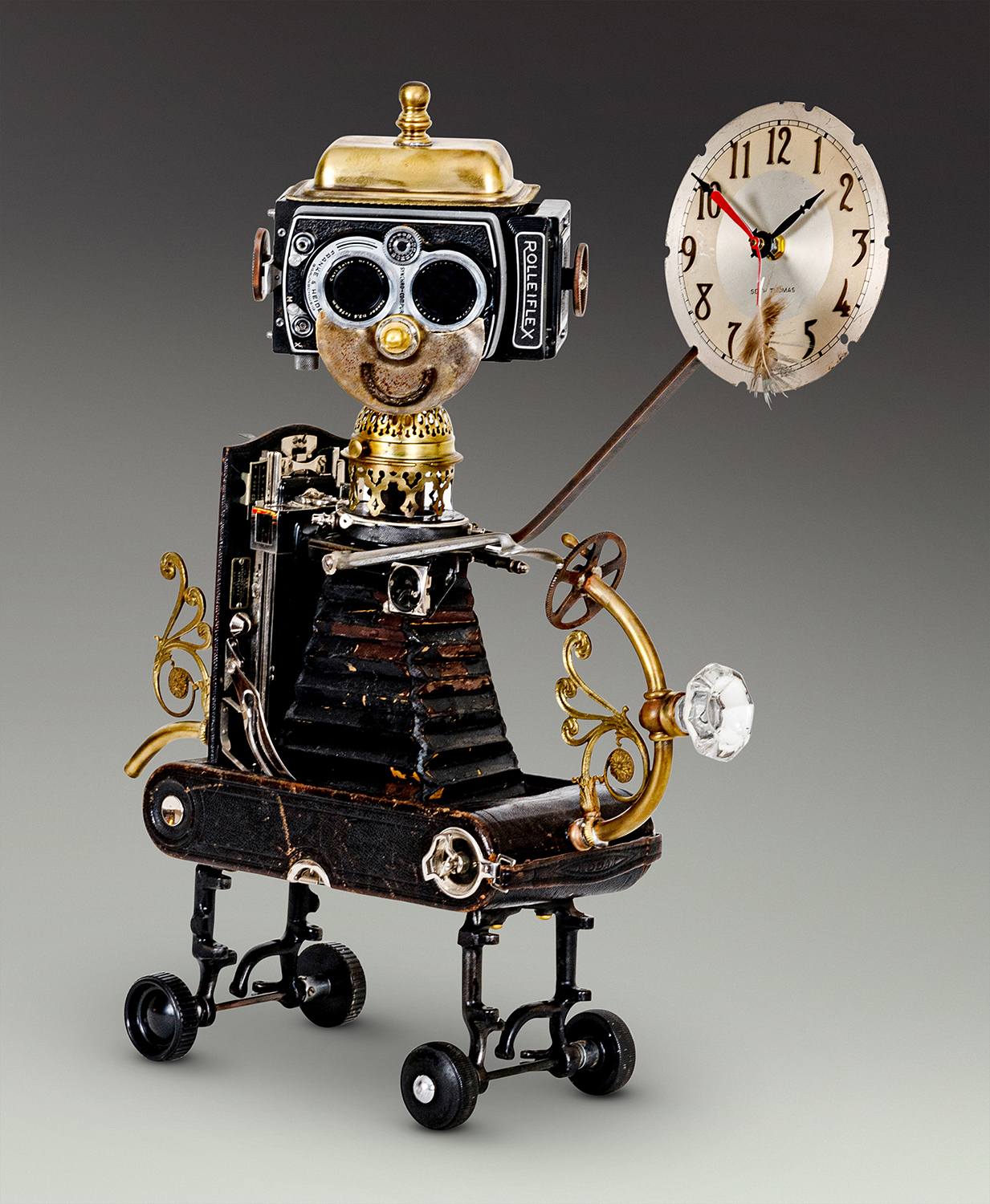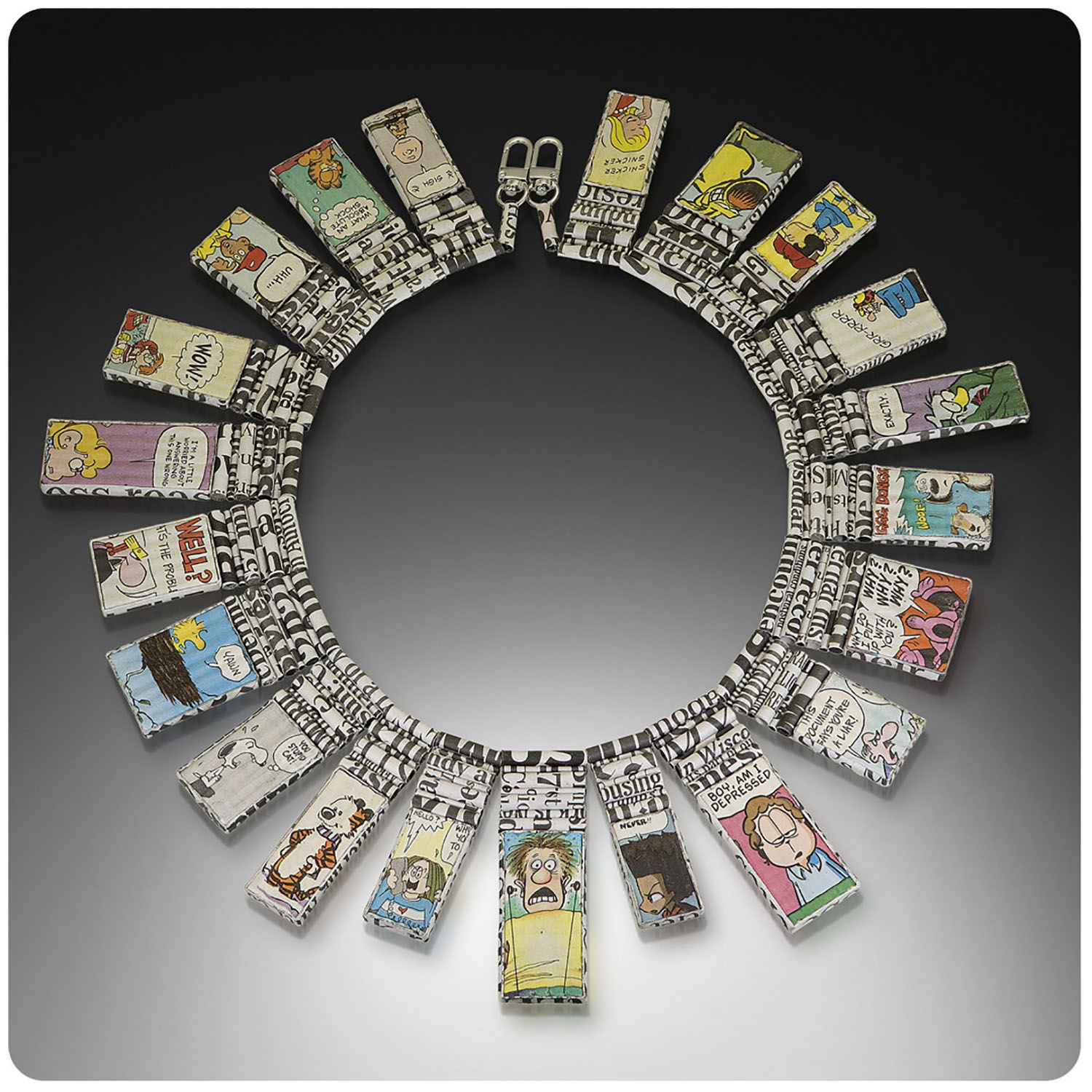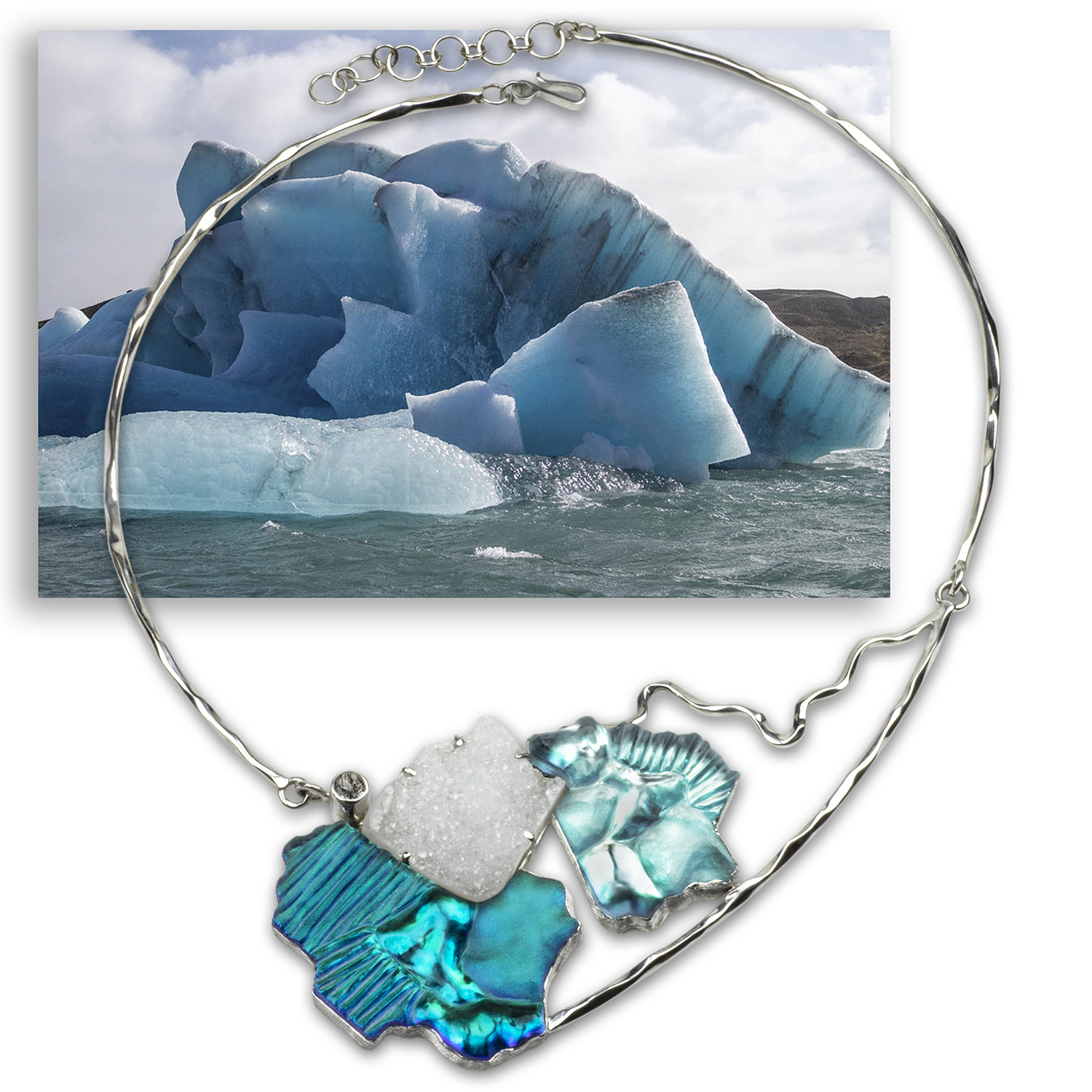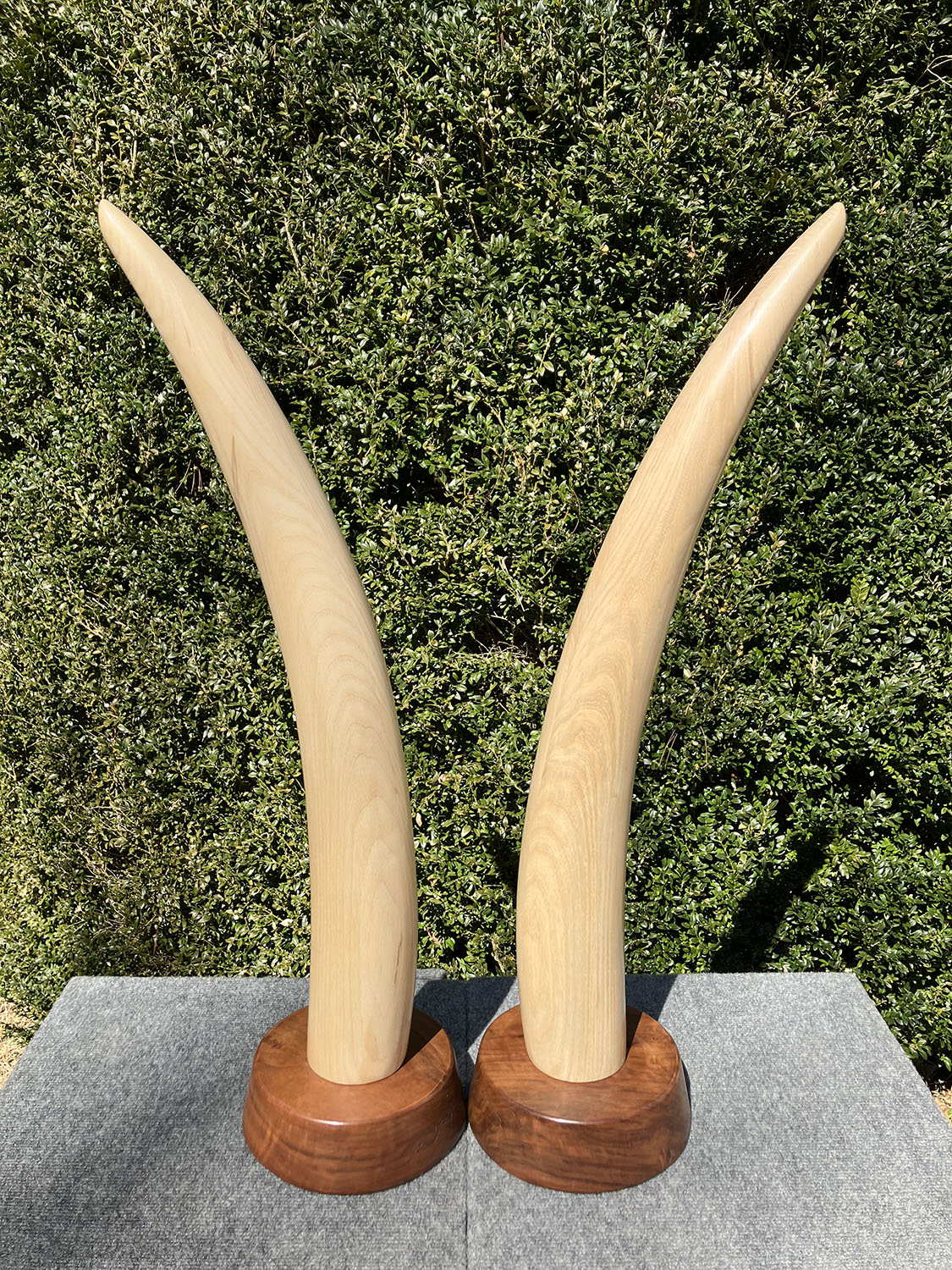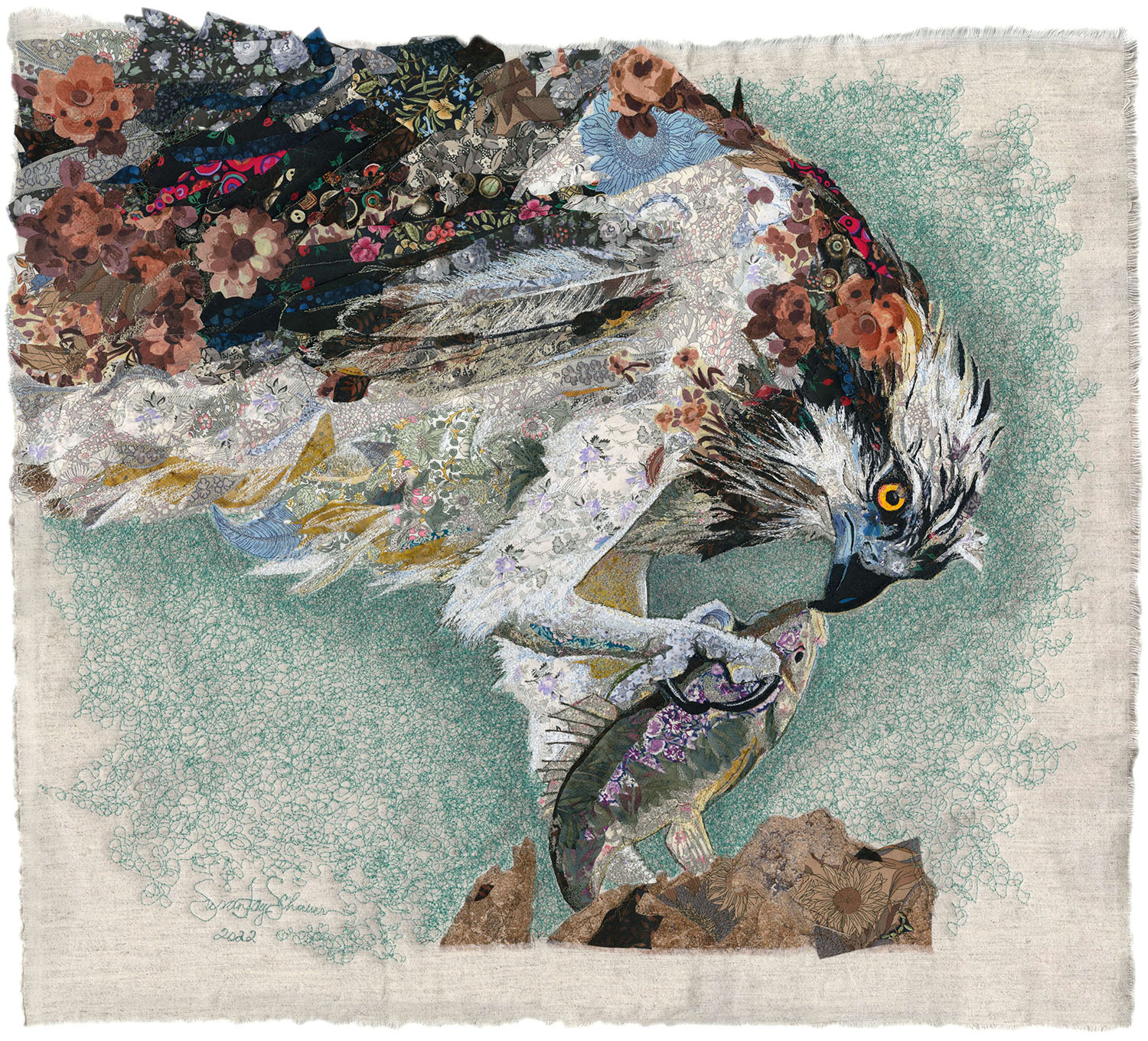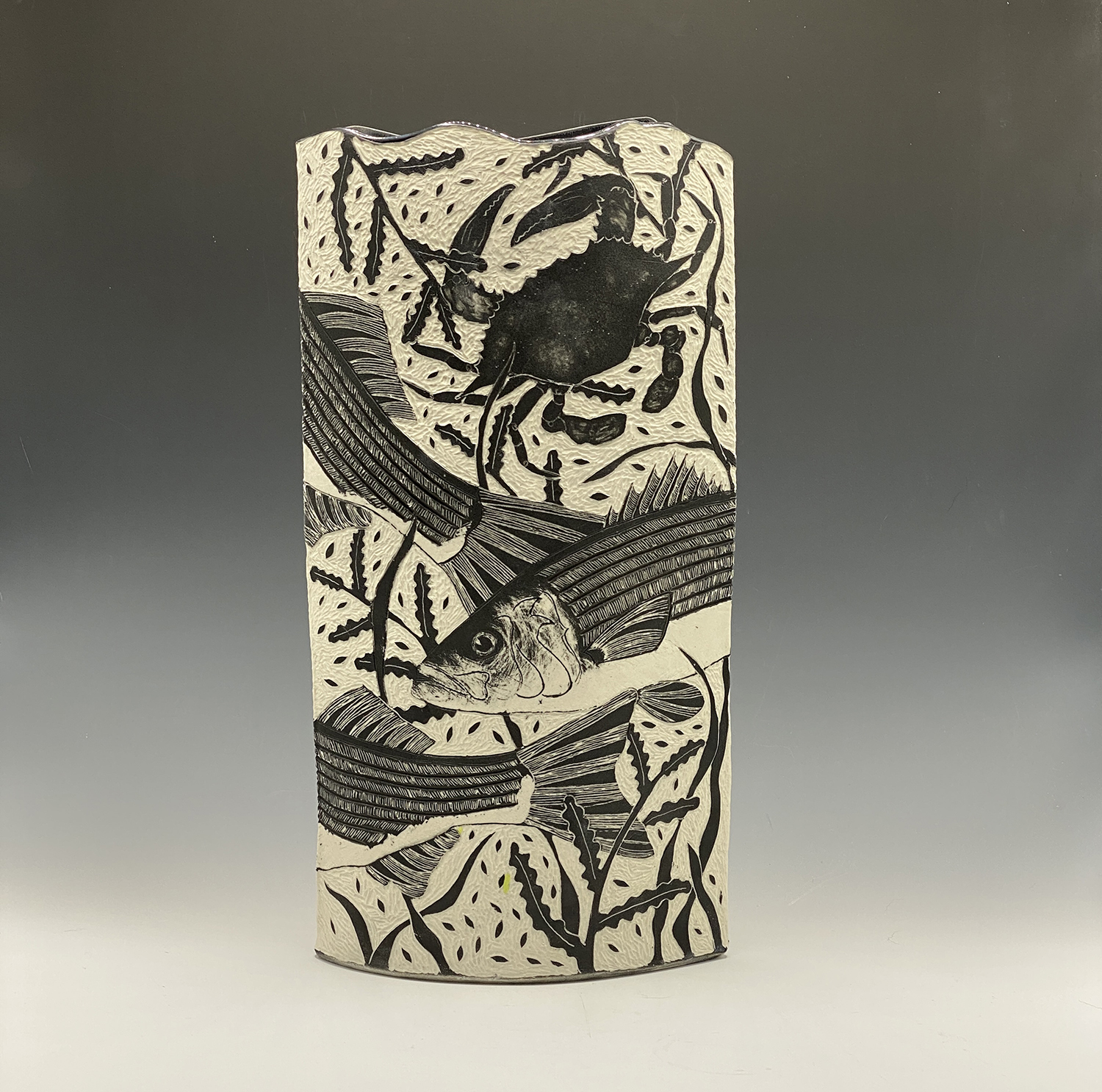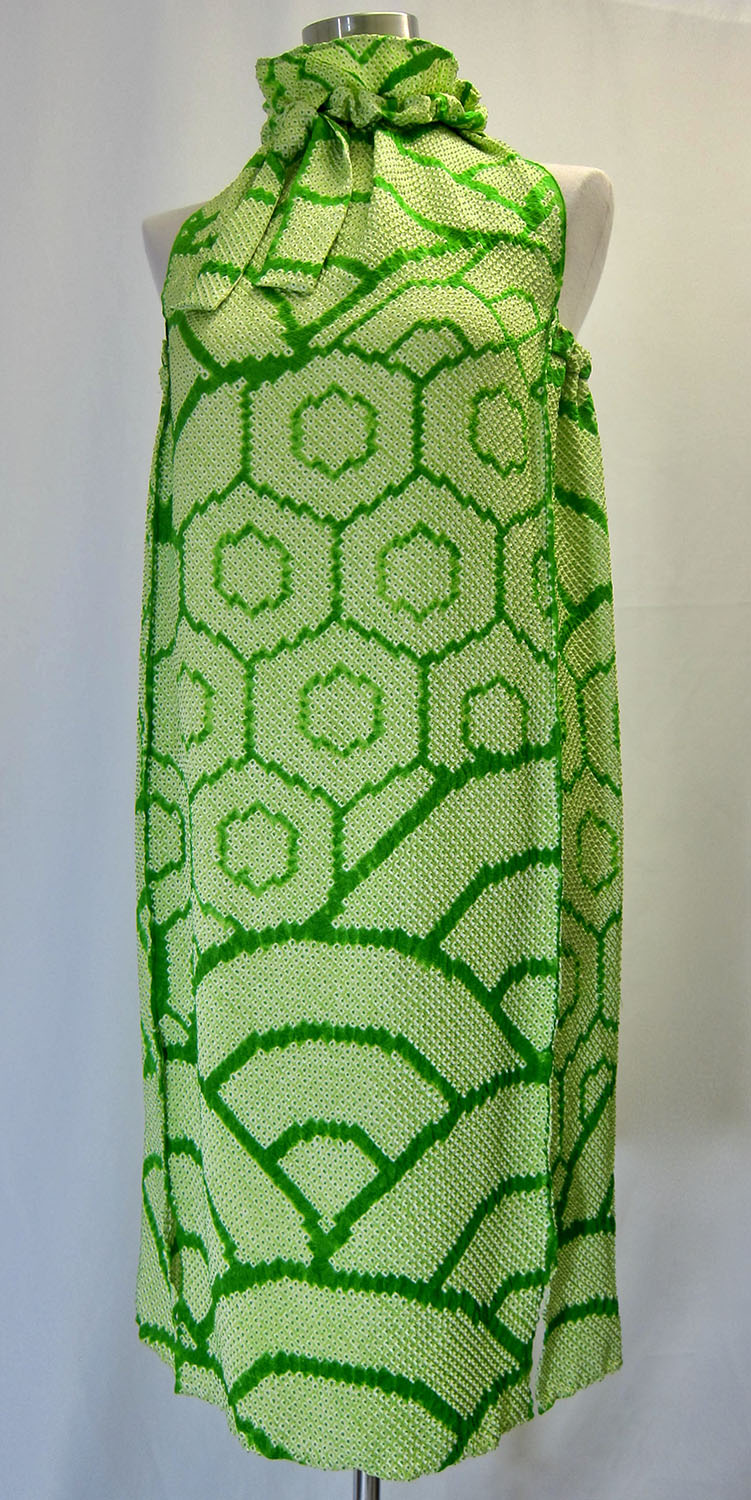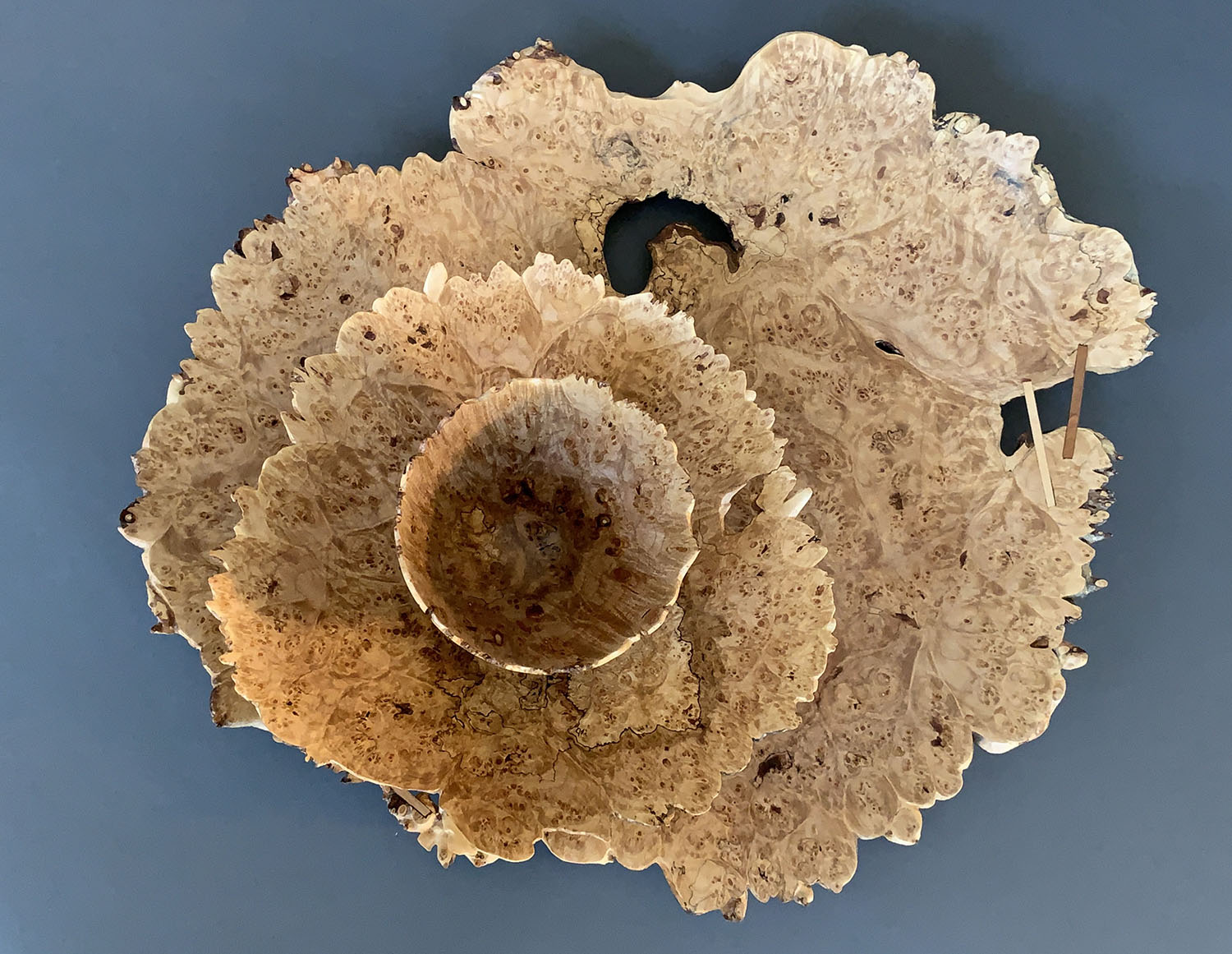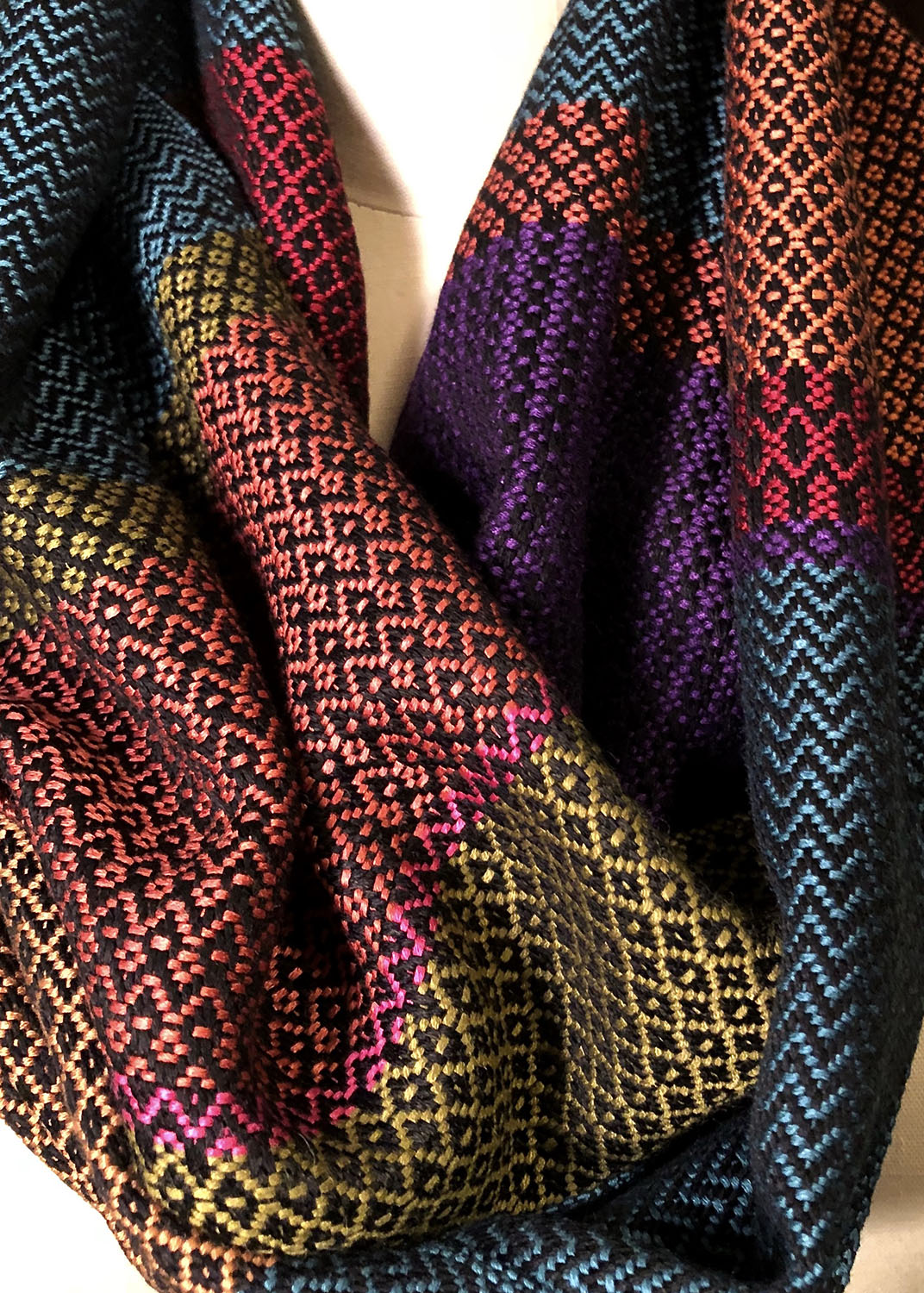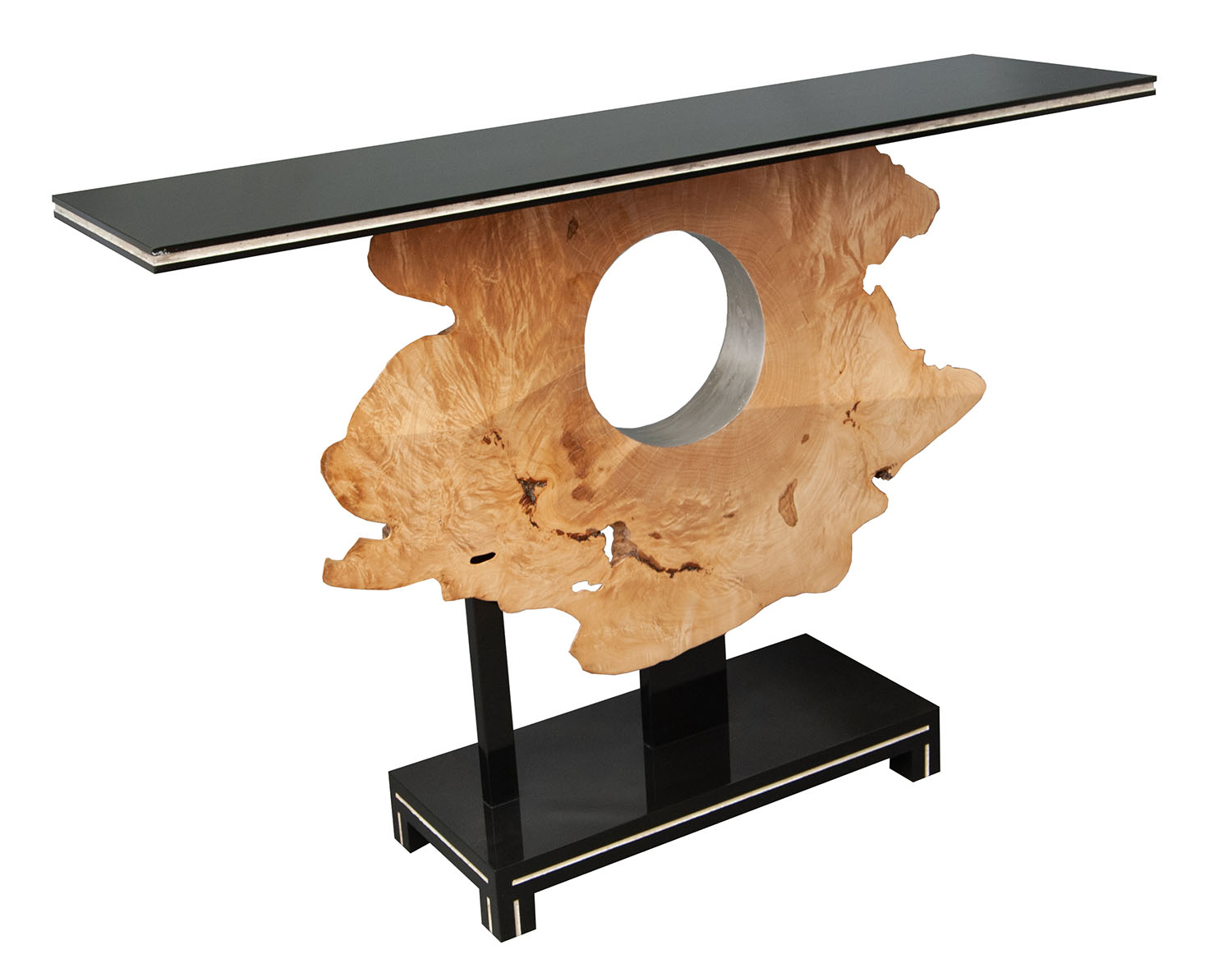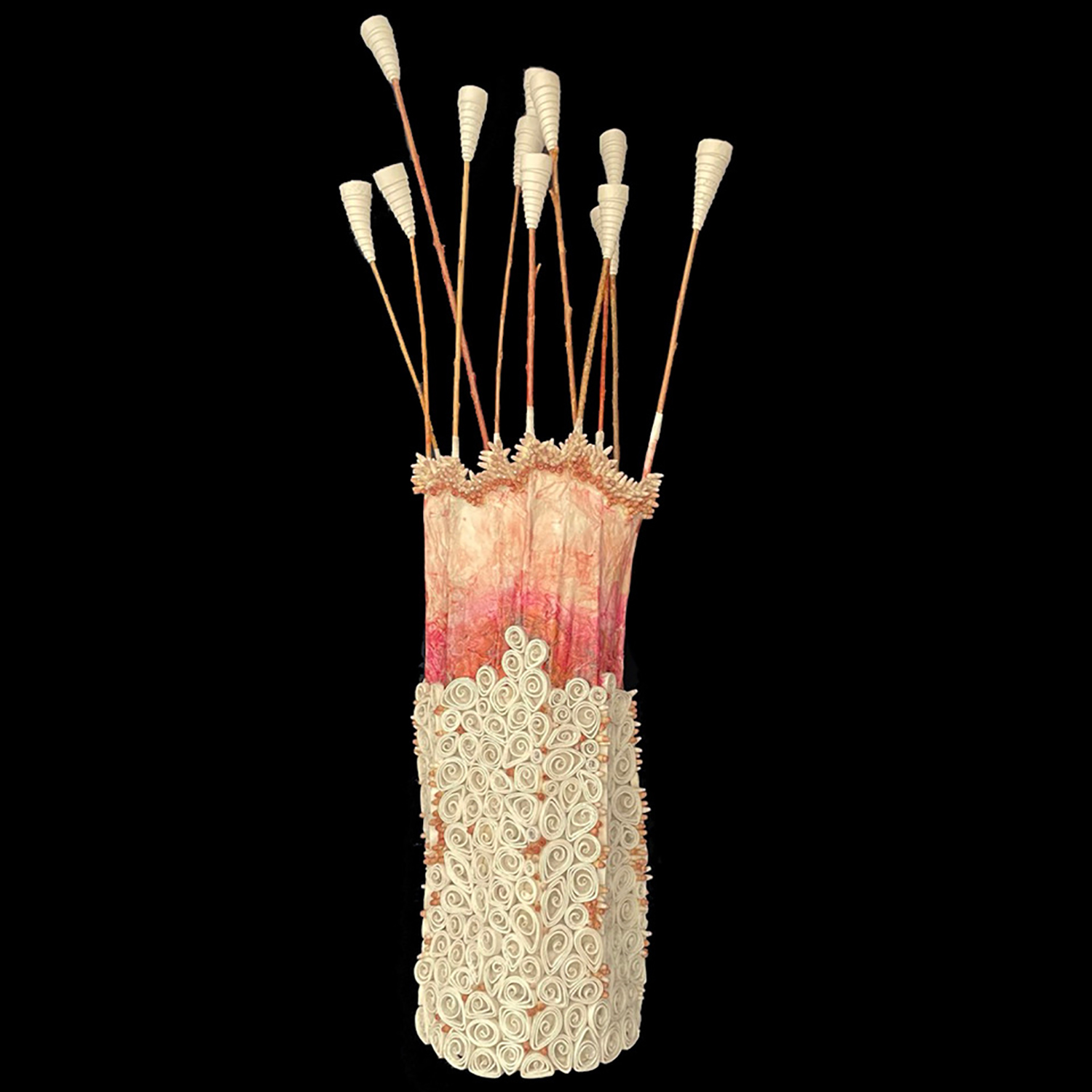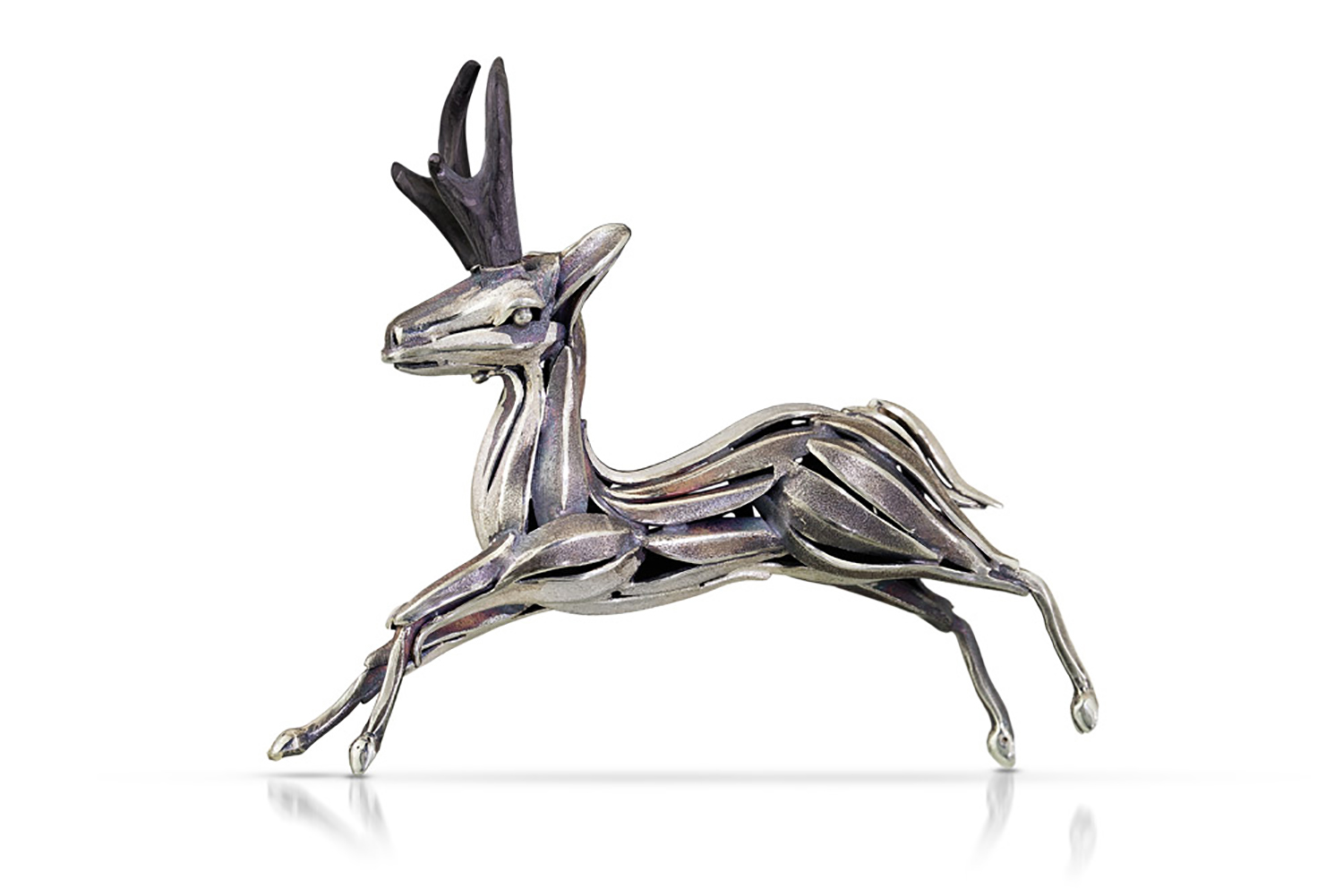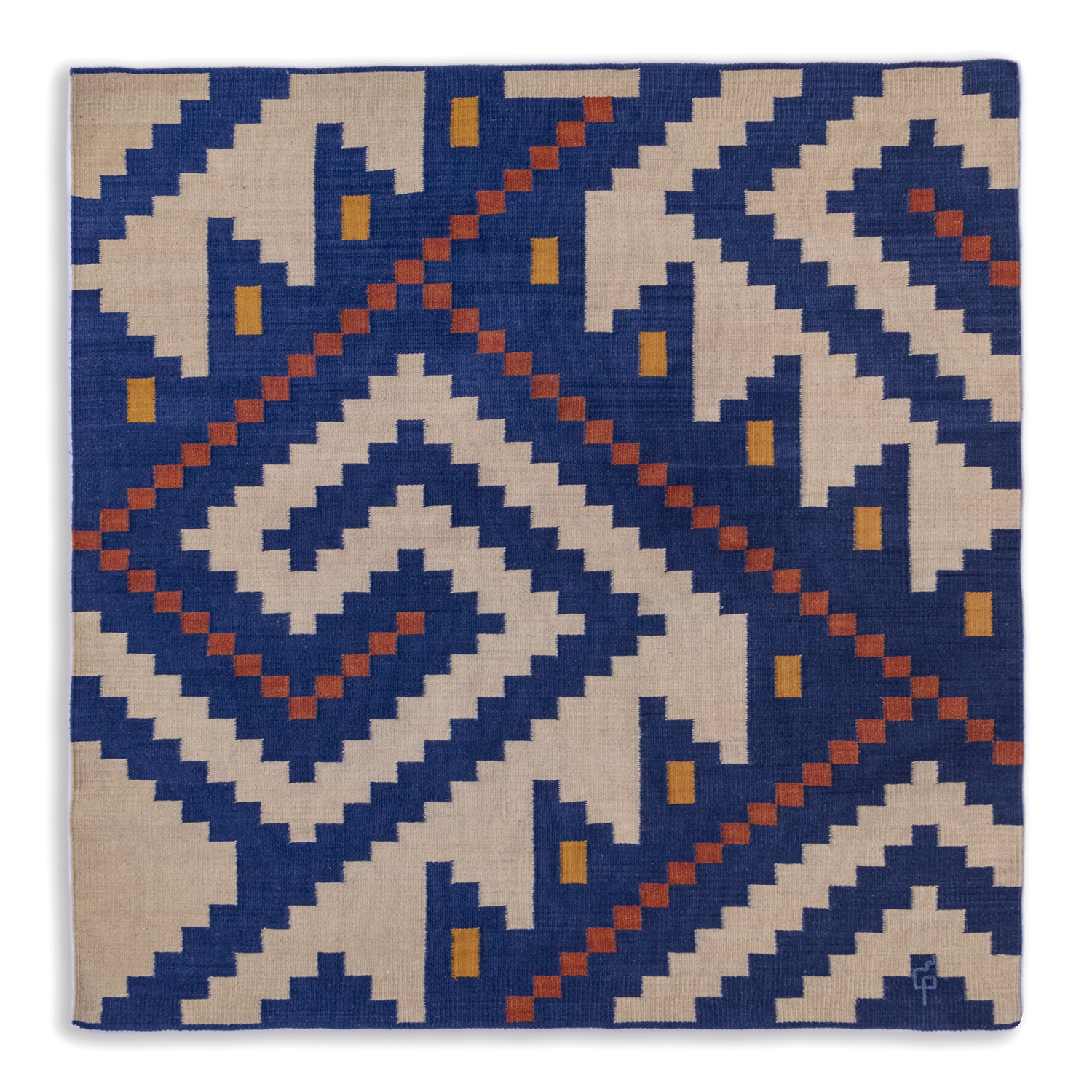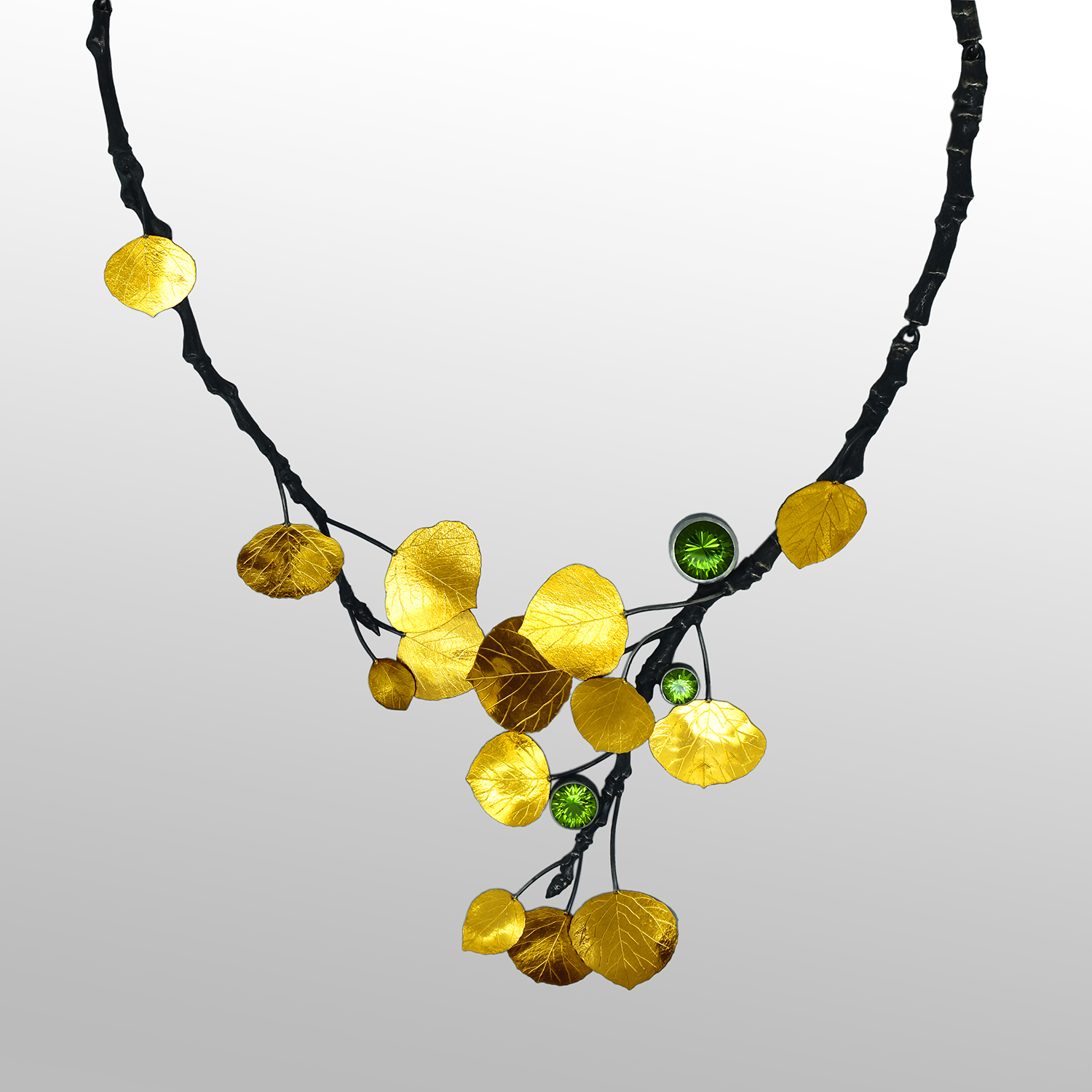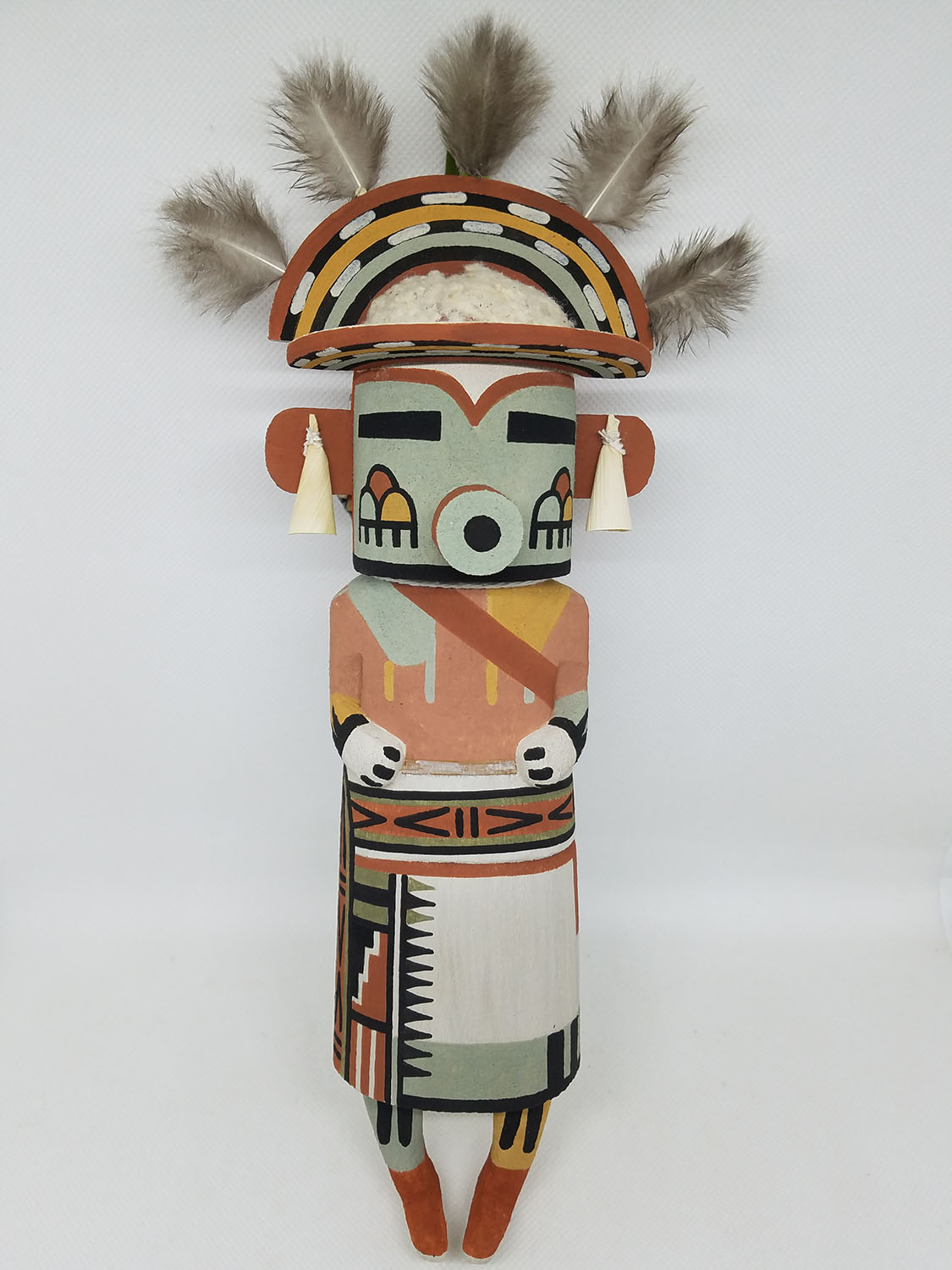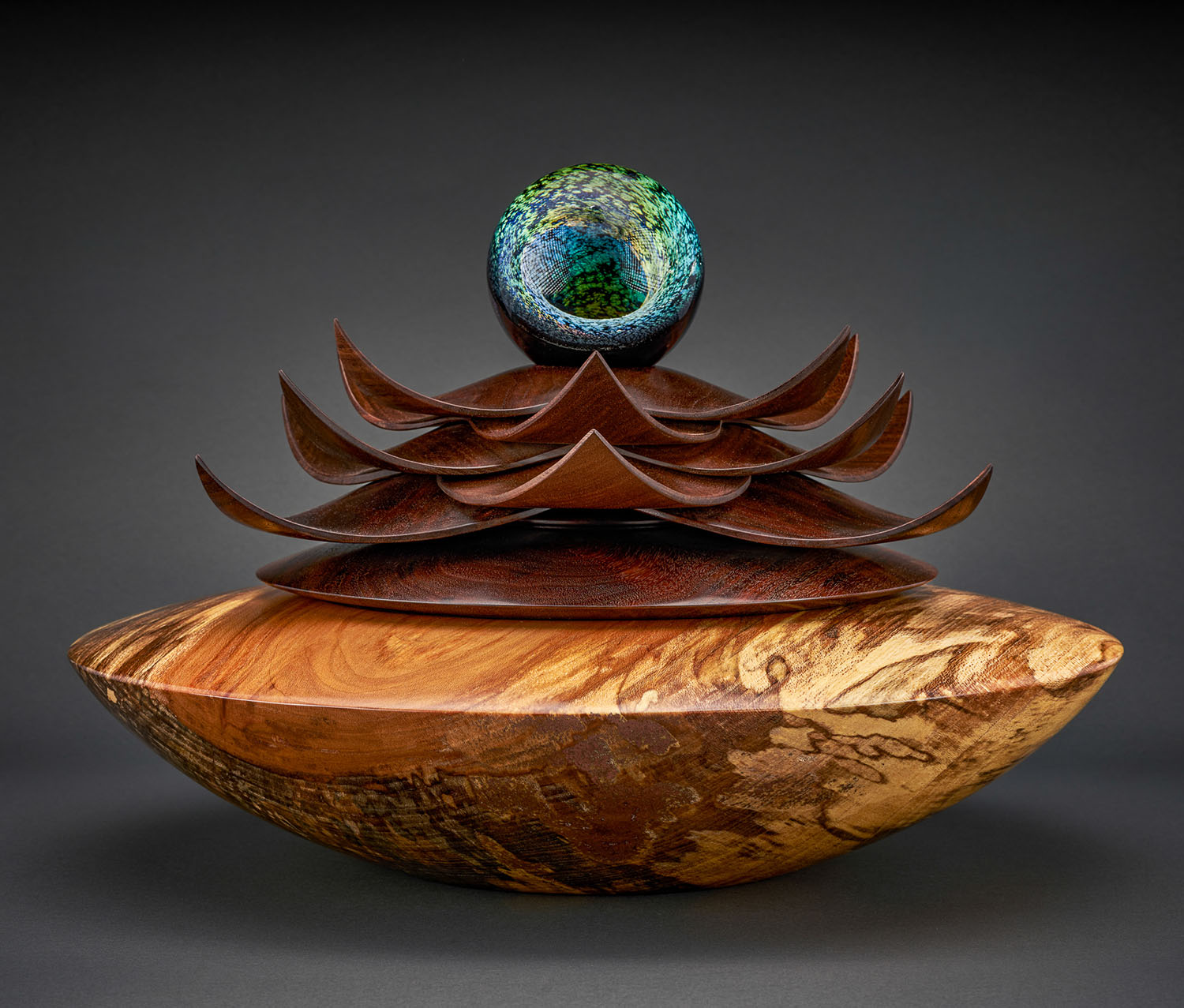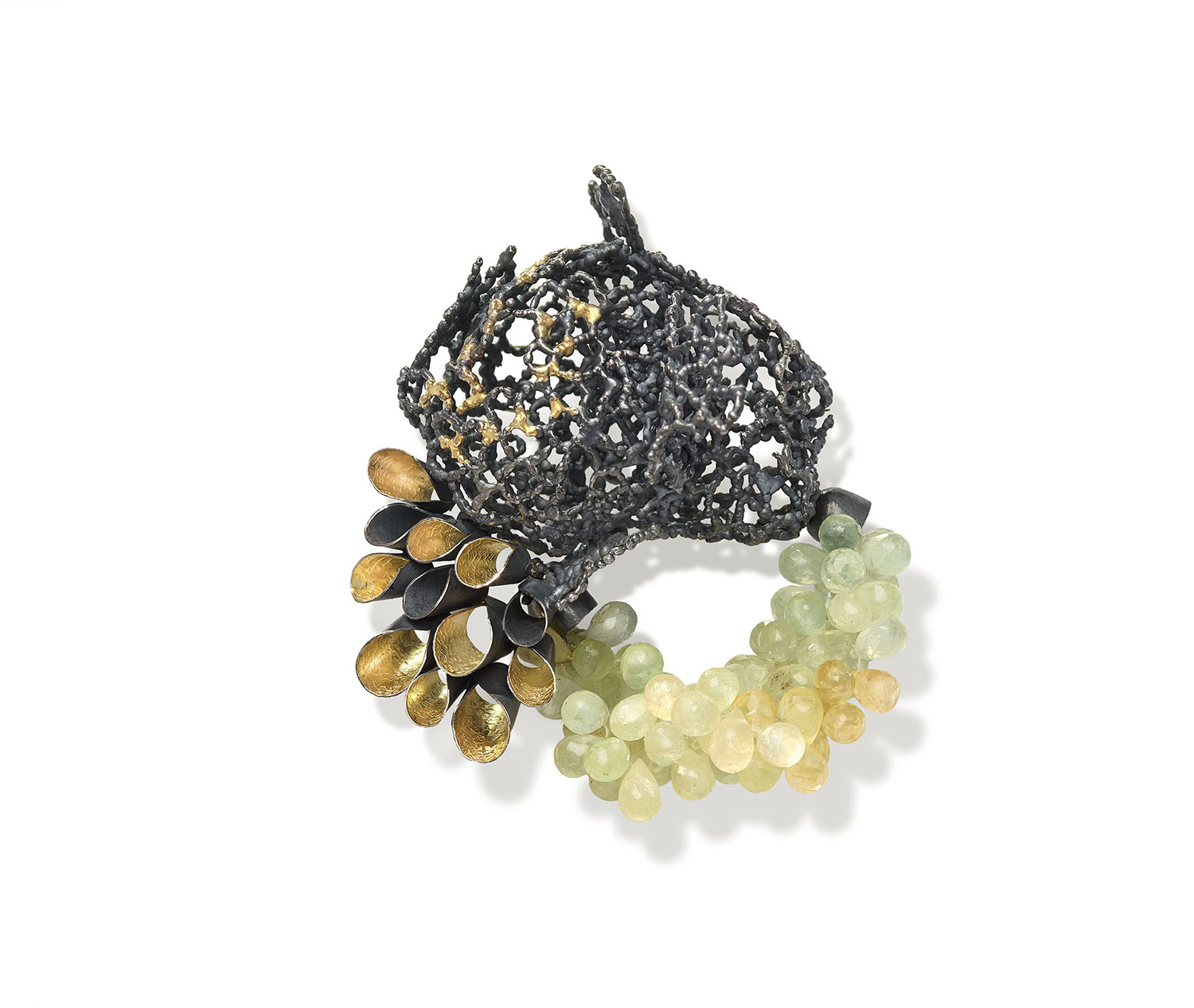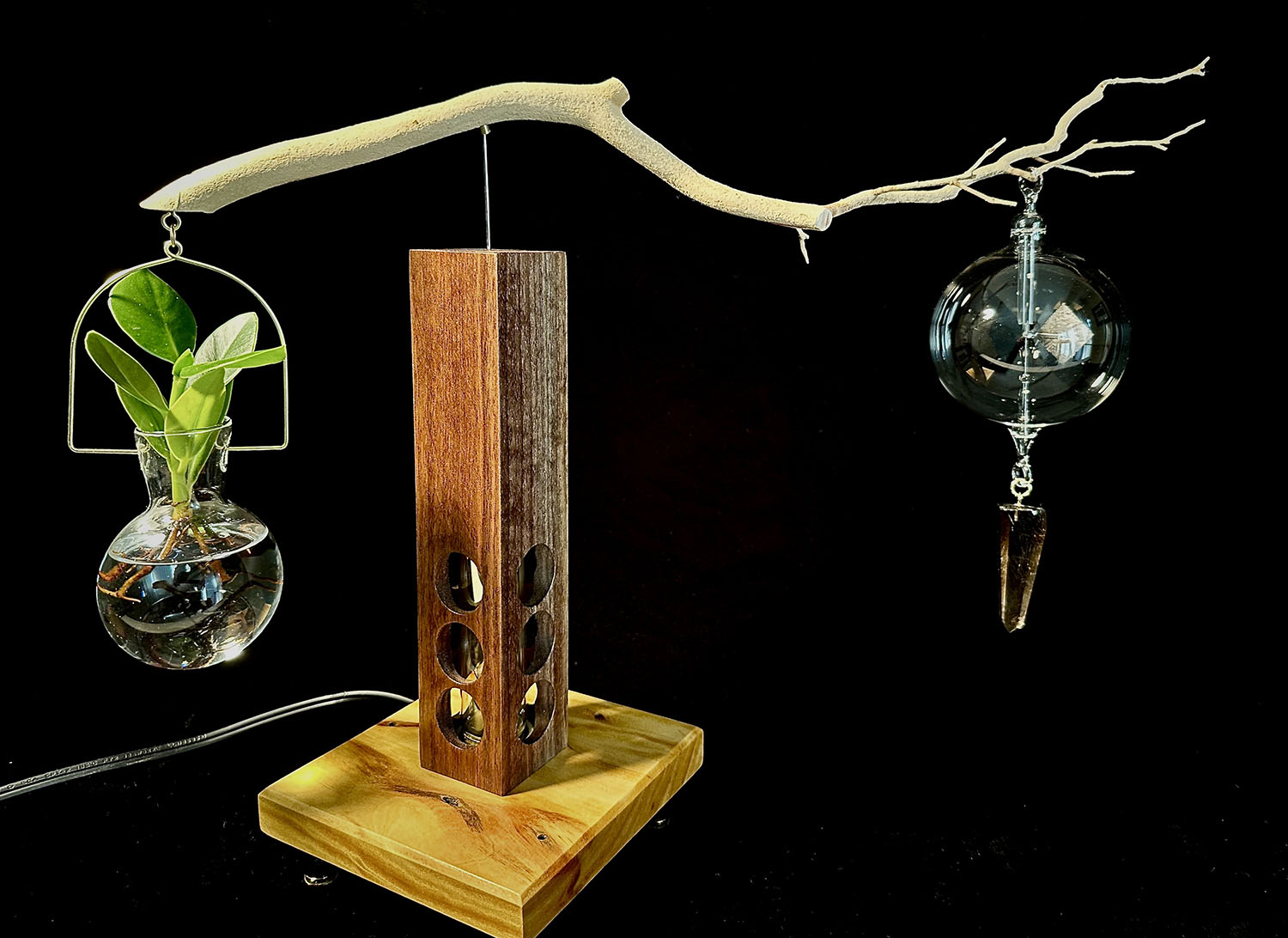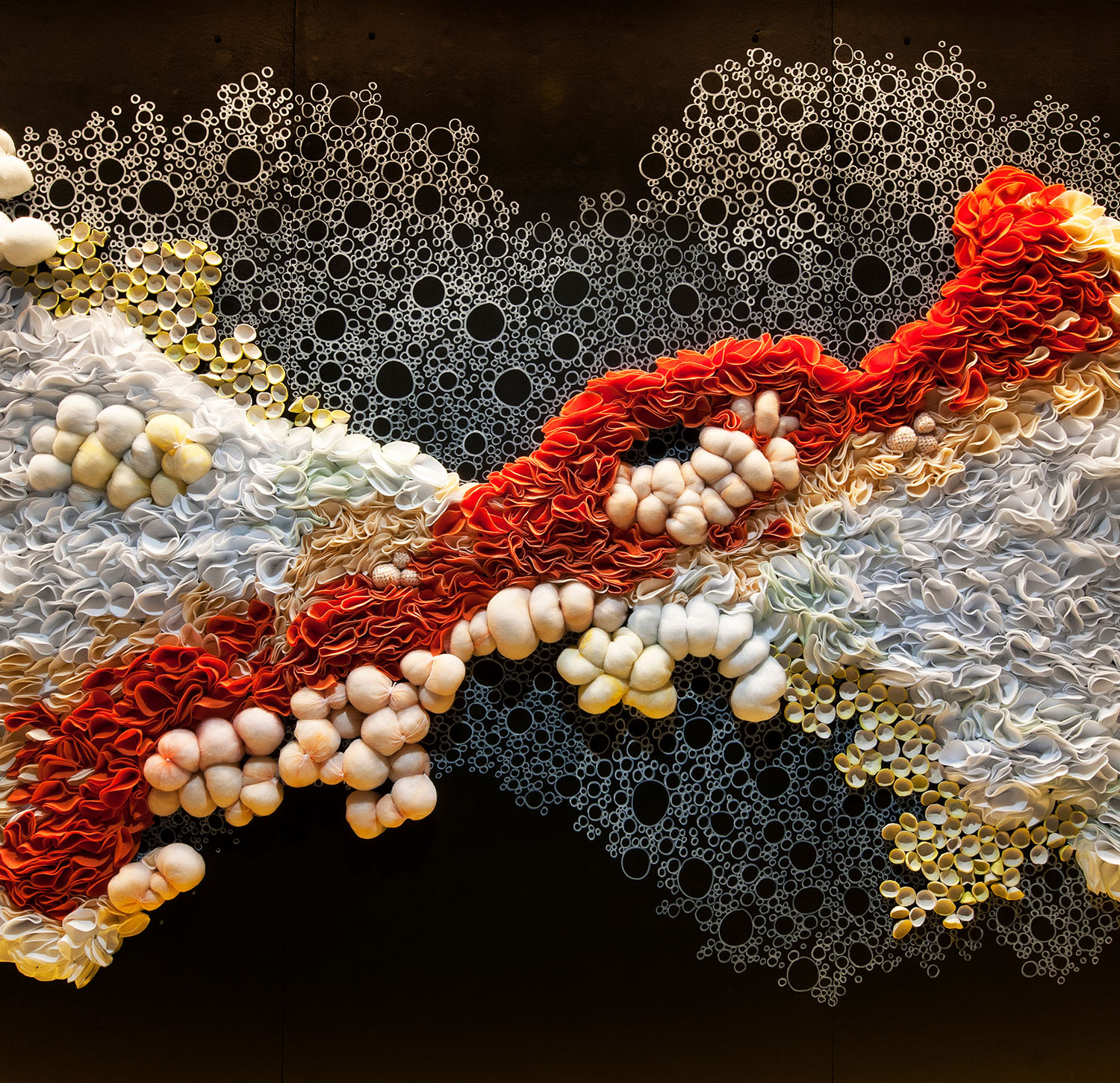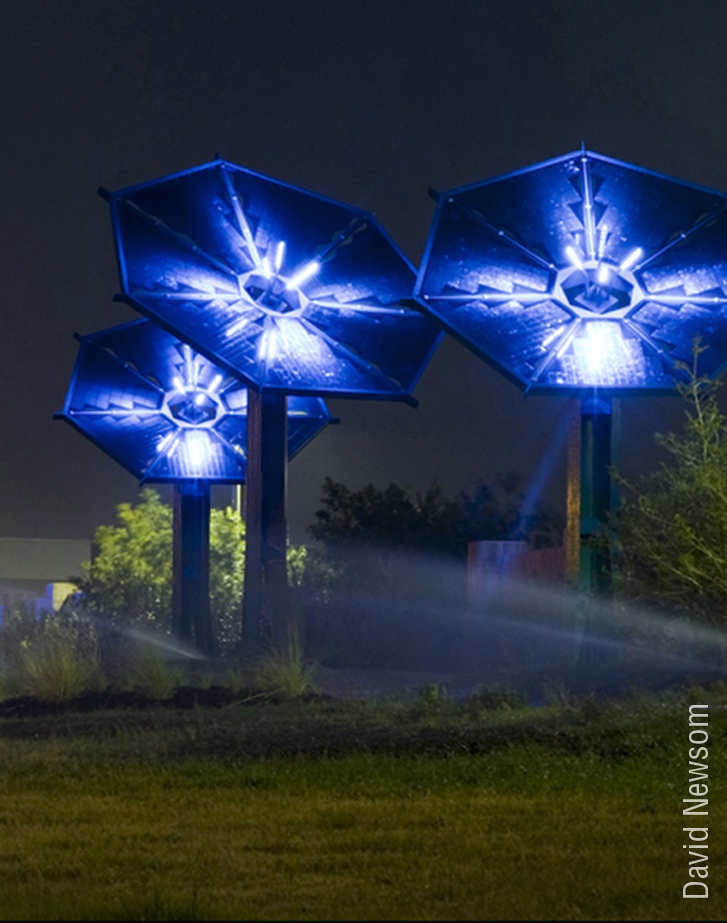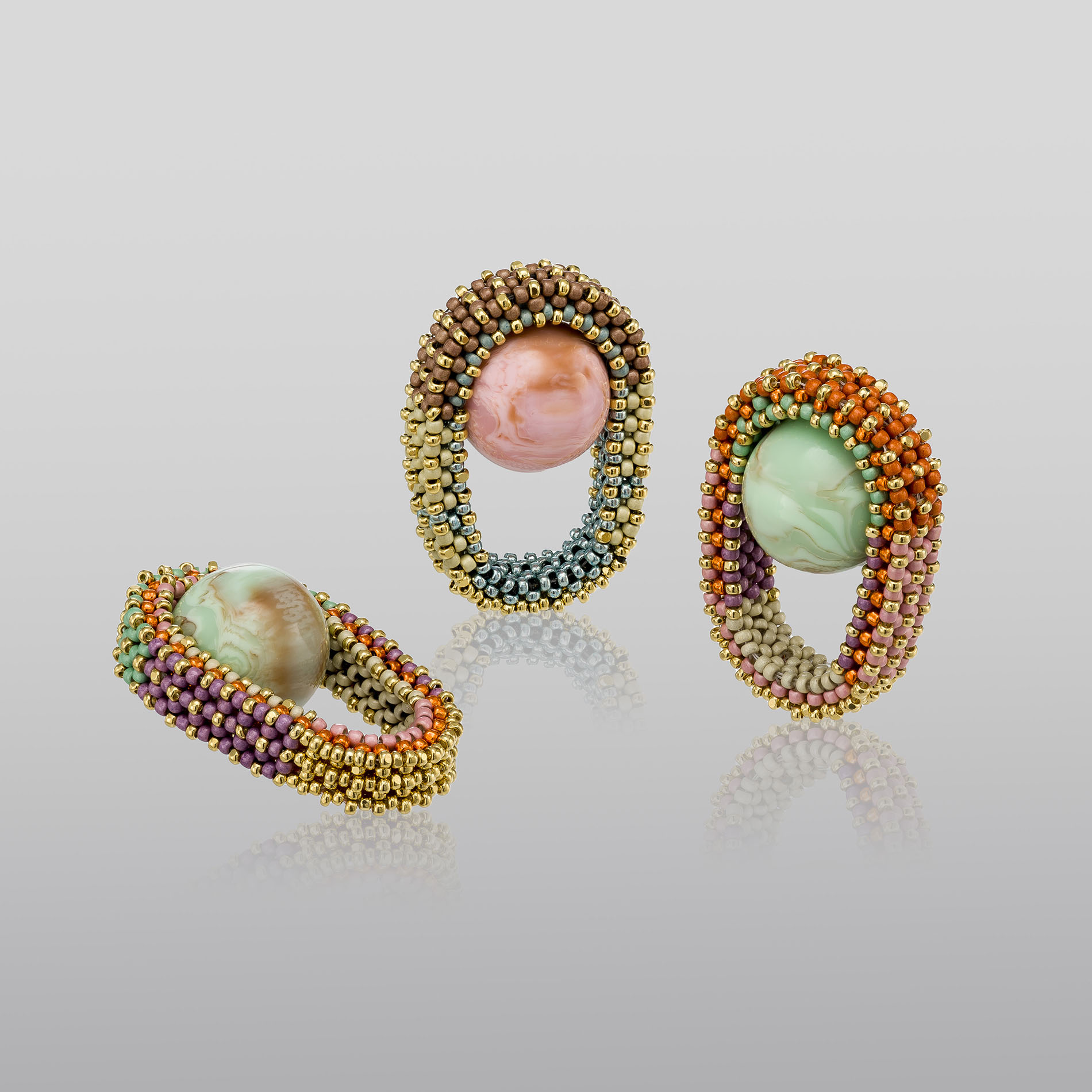The esteemed Smithsonian Craft Show returns to the National Building Museum May 3-7, 2023. Widely regarded as the most prestigious juried show and sale of American fine craft, the Smithsonian Craft Show, now in its 41st year, will feature the work of 120 artists. Twenty-eight of the exhibitors applied for the Honoring the Future Sustainability Award. The award, which comes with a $1,000 prize, continues a tradition begun in 2015 to honor pioneering craft artists who point the way to a more sustainable future.
Wendy Maruyama, an internationally recognized artist, furniture maker and educator, will serve as judge.
“Our generation is being called to meet a climate challenge,” observes Fran Dubrowski, Director of Honoring the Future. “We need to act wisely, quickly, and effectively to ensure a livable future for our children, grandchildren, and generations to come. These 28 talented artists, all masters of their craft, show us how to embrace that challenge with creativity, beauty and commitment.”
The artists applying for this award use multiple strategies to guide us to a sustainable future:
Highlighting the devastating impacts of climate change on our planet:
- The Arctic: Pahponee (Snow Woman) follows the teaching of her Native American Kickapoo and Potawatomi ancestors urging us to live in harmony with All Living Things. As climate change impairs the polar bear’s once pristine homeland, she dedicates her Polar Bear Bronze Vase to the healing of Mother Earth. She expresses her fond hope for environmental renewal in poetic language: “May Wawatso (“Large White Animal”) always live among never-ending glaciers under the stars.”
- The U.S. mainland: Wolfgang Vaatz creates jewelry from ethically and sustainably sourced materials, focusing on the western landscape – especially aspen trees. Aspens are undergoing a continent-wide decline due to warming temperatures and prolonged droughts. Wolfgang’s jewelry showcases the quaking aspens’ splendor and prompts us to ask, “What can I do?” to ensure the future of aspens.
- U.S. waterways: Francisco and Laura Bautista’s hand spun and hand dyed woven textile pays homage to the Indigenous people and subsequent settlers who once inhabited the shores of the Columbia River. The textile’s dominant visual image, the salmon, acknowledges stark reality: Columbia River salmon populations have plummeted due to dams, habitat loss, overfishing and other human impacts. Climate change is adding new perils – earlier peak stream flows, lower summer water levels, and warmer water temperatures – stressing salmon throughout their lifecycle and posing yet another obstacle to the already monumental challenge of restoring depleted salmon stocks.
- The tropical oceans: Flavia Lovatelli’s paper sculptures of coral and marine life are inspired by the film Chasing Coral, which recounts the epic journey of a team of divers, photographers and scientists to discover why corals are vanishing at an unprecedented rate. (Between 2014-2017, 75% of corals suffered or died from heat stress brought on by climate change.) Lovatelli’s art sounds a much-needed alarm: 90% of coral reefs could be lost by 2034 unless we act to address the triple threats of climate change, plastic pollution and hazardous waste dumping.
Modeling greater respect for nature:
- Natural materials – white birch tree bark, dyed porcupine quills, braided sweetgrass, dyed caribou hair, and tanned deer hide – shape and embellish Monica Jo Raphael’s ornate hat. Titled Gizhe’ Manido Gitigaan (“God’s Garden”), the art recalls the creation story handed down by Raphael’s Anishinaabe ancestors: “God told Anishinaabe: ‘I have created a beautiful place for you where you will have everything you need to thrive. But, remember it will take care of you only as well as you take care of her’.” An eloquent call for taking better care of “God’s Garden!”
- Lucrezia Bieler uses only a simple pair of scissors and a single sheet of black paper to create exquisitely complex visual images of flora and fauna. Though her approach requires enormous concentration (particularly as she nears completion of a piece), the material, process and finished artwork make a powerful statement about the delicacy, fragility, and interconnectedness of nature.
- Jinbi Park draws inspiration from the ocean’s marvels. As coral reefs die from global warming, pollution, and overfishing, Park, a scuba diver, creates jewelry with reef-like motifs to share the splendor she observes on her dives with others, “some of whom will never see a living reef.” Park uses only recycled metal and ethically, sustainably-mined gemstones to advocate for nature instead of harming it.
- Shirley Gromen’s ceramics are a portal to the natural world of the Chesapeake Bay watershed. Using sgraffito on porcelain forms, she portrays birds, fish, insects and plants stressed by environmental change. Her goal: to increase appreciation of the magnificence and fragility of the life surrounding us.
- Jennifer McBrien upcycles décor fabrics, embroidering printed nature scenes with birds, plants and fictional bird-headed humans for subtle storytelling about our ecological crises. Her Bird-Women fight for their existence, while Bird-headed teens “watch over” seeds, pollinators and species needed for human existence.
- Michael Sorge draws on multi-cultural wisdom, both ancient and contemporary, to craft inspirational and functional wooden sculptures about our relationship to nature. He personally rescues and harvests most of his wood, occasionally selecting wood from abroad that has been responsibly harvested to ensure future regeneration and healthy forest ecosystems.
- Zapotec textile artist Porfirio Gutierrez is reviving the indigenous traditional use of natural dyes, knowledge largely lost when wholesalers sought cheaper, faster techniques to meet the demands of mass tourism. His process is rooted in ancient wisdom, especially respect for nature: “My art materials are living beings, many of them grow in the wild….[W]ater is sacred and divine, and before I can transform all of these elements into materials for art, I need to have a deep understanding of the ecosystem of nature.” He adheres to the ancient adage: “only take what you need from nature” – a stark counterpoint to modern consumerism.
Making the case for reforestation:
- David Winigrad’s kinetic sculpture fuses nature, machines, and folk art to emphasize the importance of trees to a healthy climate. In Synergy, a solar-powered radiometer spins perpetually, lighting and nourishing a plant. The light, in turn, enables the plant to absorb greenhouse gases and generate life-giving oxygen. The sculpture is carefully balanced, a reminder to keep human-generated greenhouse gases within nature’s absorptive capacities.
Addressing a catastrophic loss of biodiversity:
- Peter Petrochko’s carved wooden tusks are aptly titled Stop the Slaughter: Save the Elephants. His passionate message: “These wonderful, intelligent, and social animals deserve every right to live healthy, normal lives in their natural ecosystems. Humans do not have the right to kill elephants for unnecessary and vain purposes!”
- Seth Carlson’s Pronghorn Brooch is handcrafted from ethically sourced silver and carved forged carbon fiber (for the namesake horns) to show the decorative materials available as alternatives to animal remains, including horns, tusks, and skins. Though small scale, his art sounds a powerful call to eschew animal products to prevent or slow species loss.
- Susan Fay Schauer “paints” with fabric and thread, creating intricate, eye-catching portraits of rare and endangered Chesapeake Bay wildlife. This “thread painting” depicts two conservation success stories: once-decimated osprey and rockfish populations both rebounded due to conservation initiatives. The title – Today’s Catch – expresses hope that “there will be a tomorrow’s catch both for this female osprey and her young, and for us.”
Ending plastic contamination of our beaches, oceans, and food chain:
- To avoid using plastics, which had once added color to her jewelry, Debra Adelson reinvented her fabrication process. She now achieves her luminous designs with glass formed from a mix of new and upcycled materials sculpted with techniques of her own invention. She exhibits her jewelry juxtaposed with photographs of the natural wonders that inspired each piece. Her goal: “to create narrative pieces that capture a fleeting beauty and subtly encourage the viewer to think about their own relationship to the natural world.”
- Textile artist Kate Leibrand shapes acrylic felt into mesmerizing fiber sculptures. She proudly chooses to work with felt made from recycled, post-consumer plastic water bottles, reusing waste normally left to collect in the spaces she loves most – the moss in the woods or the coral reefs of the ocean.
Offering eco-friendly alternatives to high-polluting “fast fashion”:
- Alison Stewart-Guinee creates textiles from responsibly sourced, sustainable natural fibers, such as bamboo and linen, as well as vintage materials. To eliminate waste, she pieces offcuts to create new designs and reuses leftover yarn for trimmings or crosswise threads (weft).
- Fusing ancient and modern, Yoshiko repurposes antique Japanese kimono fabrics into contemporary clothing. Her elegant, innovative designs give new life to fabrics that might otherwise become extinct, showcasing their superior quality and artistic craftsmanship.
- Fashion is intended to make a statement – and Starr Hagenbring seizes that opportunity to “get the message out there” about climate change. She reclaims vintage fabric for vibrant garments broadcasting strong printed environmental messages. “Half of the battle is to get people to talk about climate change and realize we have a very large problem, “ she reasons.
Creatively repurposing waste:
- Invasive plants: Kari Lonning transforms akebia, a locally invasive and smothering vine, into striking baskets, which she exhibits to teach others about the dangers invasive plants pose to local ecology.
- Discarded newspapers: Holly Anne Mitchell’s recycled newspaper jewelry inventively reuses waste, often with astute social commentary ranging from the power of advertising to the critical need for environmental justice. Pushing the boundaries of the medium, Mitchell perfectly matches newspaper’s textual messages and color patterns to create dazzling, conversation-sparking jewelry.
- Salvaged material: Bob Stern combs antique shops for artifacts he can upcycle into eye-catching, whimsical art. He takes pride in giving new life to vintage items – as well as rescuing them from landfills. “They help reduce my carbon footprint,” he notes.
- Flavia Lovatelli’s sculptures are made with fallen willow branches, recycled papers, broken jewelry, and other salvaged “bits and pieces.”
Sustainably sourcing raw materials:
- The natural disasters plaguing South Florida in recent years have left a trail of downed trees – and dashed hopes – in their wake. Sculptor Luis Gonzalez forages these naturally felled hardwoods, repurposing and transforming them into uplifting works of art. Each colorful, oversized sculpture is a labor of love: Luis’ wood needs 3+ years to dry and 10-15 coats of paint to achieve that lustrous shine. Luis is proud to wrest joy and beauty from the salvaged trees.
- Martha Collins “weaves wood.” Her small, intricate bowls of sustainably harvested lumber are made of hundreds of individual pieces of wood – laminated, sliced, rearranged and lathe-turned into stunning art. But Collins rues the fact that many species of wood she used in the 1980’s are no longer available, a reminder of how important sustainably sourced resources are to a creative future.
- Master carver Darance Makwesa Chimerica creates striking kachinas the traditional way, using only hand tools and natural, renewable materials. His paints are eco-friendly too: he collects earth minerals by hand, crushing them to a fine powder, adding only water and juniper sap as an adhesive.
Embracing eco-friendly production practices:
- The wood in Diana Friend’s exquisite bowls comes straight from naturally downed trees, some pruned for health and others defeated by severe storms. She creates the bowls in a solar-powered studio, describing her artworks as “irrefutable markers” bearing witness to climate change.
- Bruce Schuettinger strives for green, sustainable and renewable practices throughout design, material usage, and production of his furniture. His studio typically uses “old stock” wood, lumber from naturally downed trees, reclaimed wood and other natural materials. The studio’s electricity is 100% powered by photovoltaic solar panels.
The winner of the Honoring the Future Sustainability Award will be announced at the opening of the Smithsonian Craft Show on May 3.
Honoring the Future partners with the Smithsonian Women’s Committee to offer this award. The Smithsonian Women’s Committee produces the Smithsonian Craft Show to generate funds for grants to support education, outreach and research at the Institution’s 19 museums, 9 research facilities, and the National Zoo. Over $13 million in grants and endowments have been awarded since 1966.

